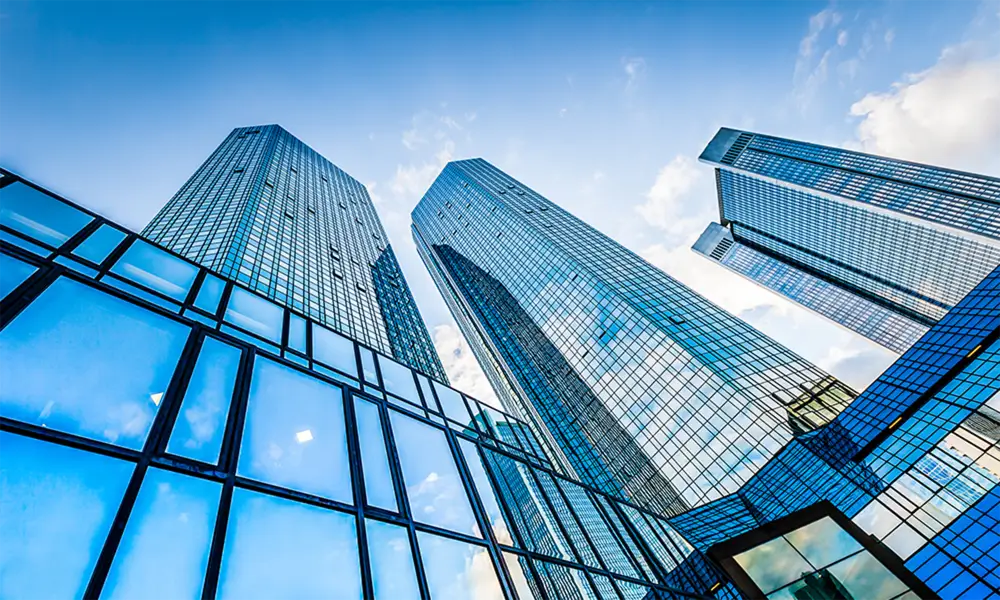

The Advantages of Low-E2 Glass in Modern Architecture
In the realm of modern architecture, energy efficiency and sustainability have taken center stage. One of the pivotal innovations contributing to these goals is Low-E2 glass. This specialized glazing technology has revolutionized the way buildings are designed, enhancing thermal performance while allowing for abundant natural light. This article explores the features, benefits, and applications of Low-E2 glass, illustrating why it has become a preferred choice for architects and builders alike.
Low-E2, or low-emissivity glass, is treated with a microscopically thin coating that reflects heat while allowing visible light to pass through. The “2” in the name signifies a specific type of low-emissivity coating, which enhances the glass's performance in both winter and summer conditions. Unlike standard glass, which can let heat escape in the winter and allow it to enter in the summer, Low-E2 glass helps maintain a more consistent internal temperature. This property is particularly advantageous in regions experiencing extreme weather conditions.
The Advantages of Low-E2 Glass in Modern Architecture
In addition to its thermal performance, Low-E2 glass also enhances comfort within indoor spaces. By controlling solar heat gain, it minimizes the risk of hot spots and glare, creating a more pleasant environment for occupants. This is especially beneficial in commercial settings, where comfort can directly affect productivity. Furthermore, the ability of Low-E2 glass to filter harmful ultraviolet (UV) rays helps to protect furniture, flooring, and artwork from fading, extending the life of interior investments.

Architecturally, Low-E2 glass offers flexibility in design while maintaining functionality. It is available in various forms, including double and triple-glazed options, allowing architects to select the appropriate configuration for their specific needs. Its clarity enables the design of expansive glass facades, promoting a connection with the outdoors and making spaces feel more open and inviting. This aesthetic appeal, combined with high performance, makes Low-E2 glass an attractive choice for both residential and commercial projects.
The applications of Low-E2 glass are broad and varied. In residential buildings, it can be employed in windows, sliding glass doors, and skylights, enhancing the overall energy efficiency of the home. In commercial buildings, its use in curtain walls and large windows contributes to striking architectural designs while improving sustainability. Moreover, Low-E2 glass can be incorporated into facade systems, ensuring that buildings meet modern energy codes and standards for sustainability.
As awareness of climate issues grows, consumers are increasingly seeking energy-efficient solutions for their buildings. The demand for Low-E2 glass is likely to continue to rise as architects and builders recognize its benefits. Not only does it meet the needs of energy performance, but it also aligns with a broader commitment to sustainability and responsible resource use.
In conclusion, Low-E2 glass is a transformative solution that offers significant benefits in energy efficiency, comfort, and aesthetic appeal. Its ability to retain heat in winter while keeping unwanted solar gain at bay in summer makes it a vital component in modern building design. As we move towards an era focused on sustainability, the role of Low-E2 glass will undoubtedly grow, influencing the way we create spaces that are not only beautiful but also environmentally responsible. Embracing this technology is not merely a trend; it is a necessary step towards a sustainable future in architecture.